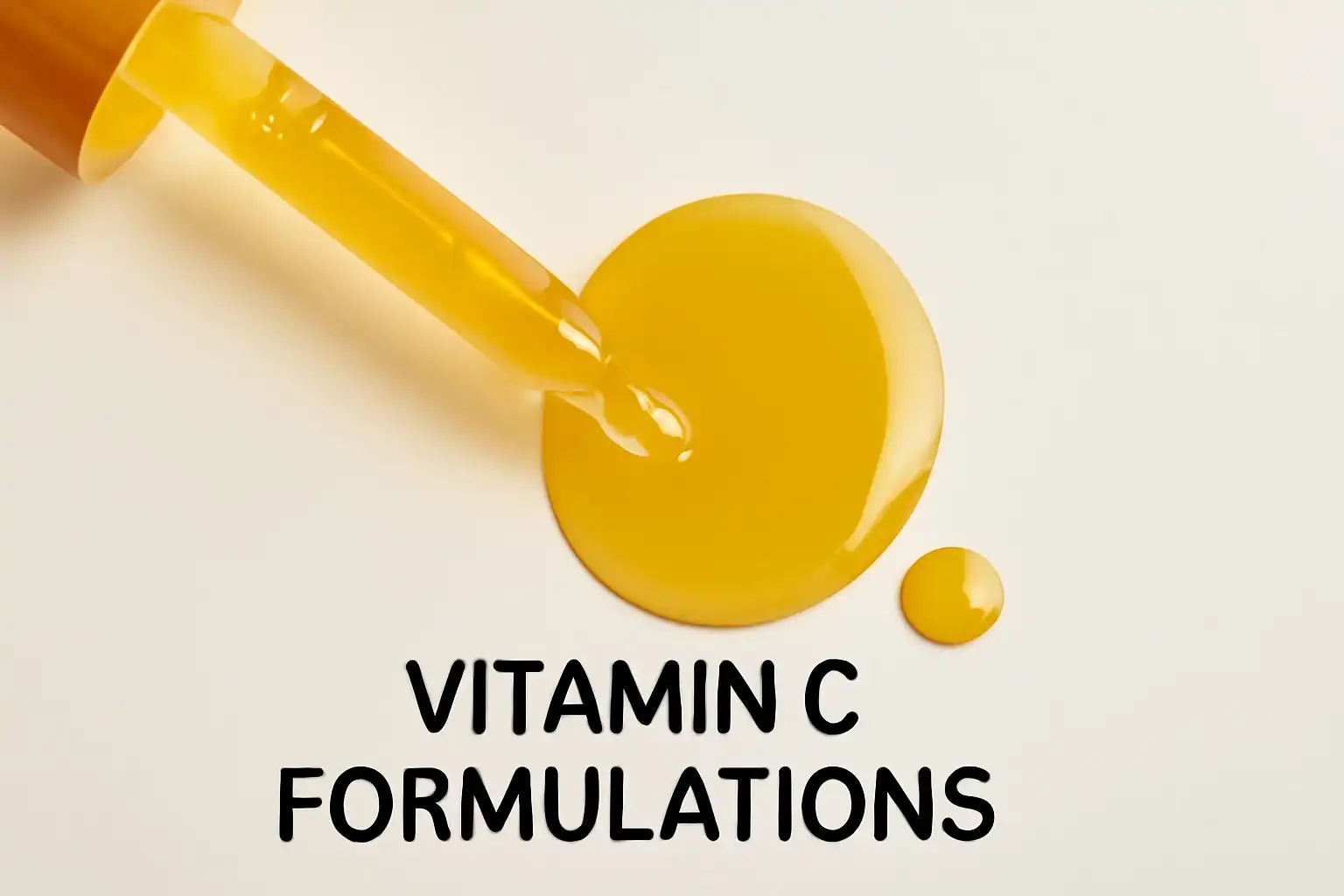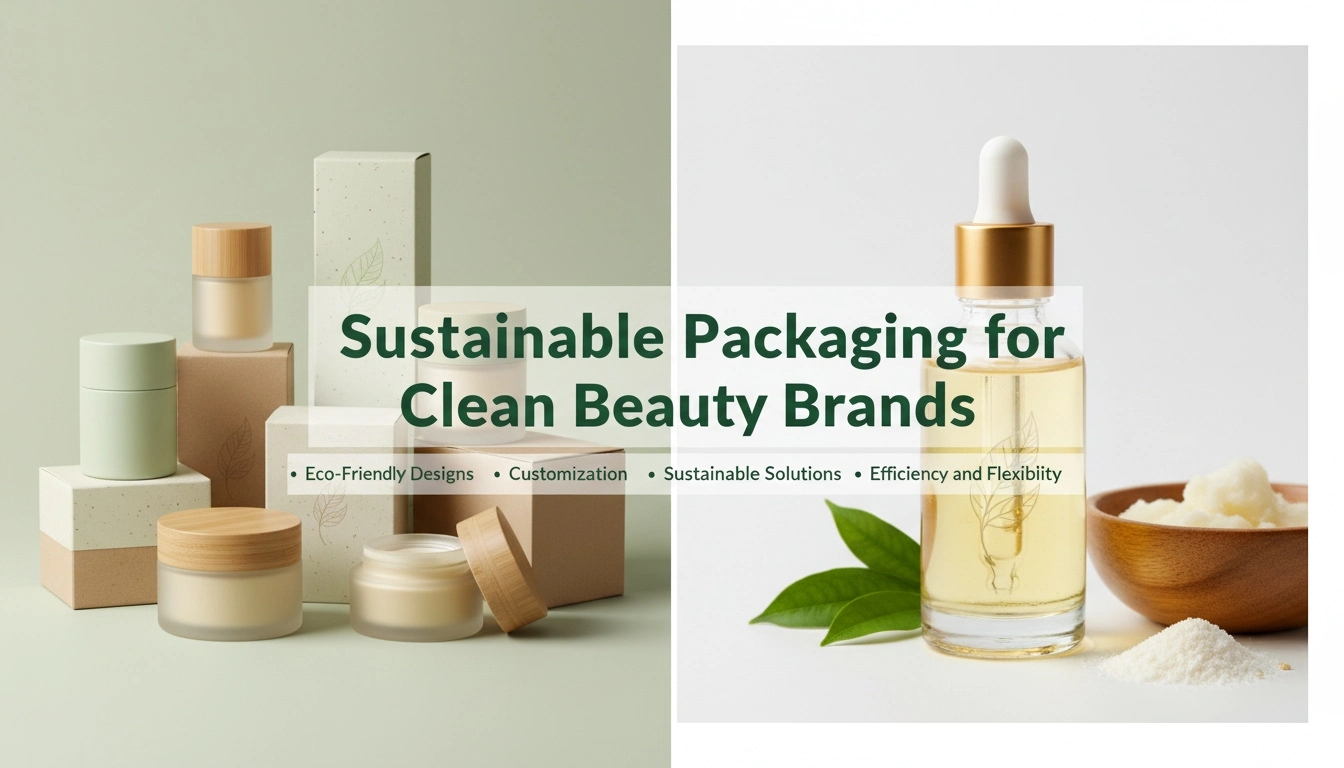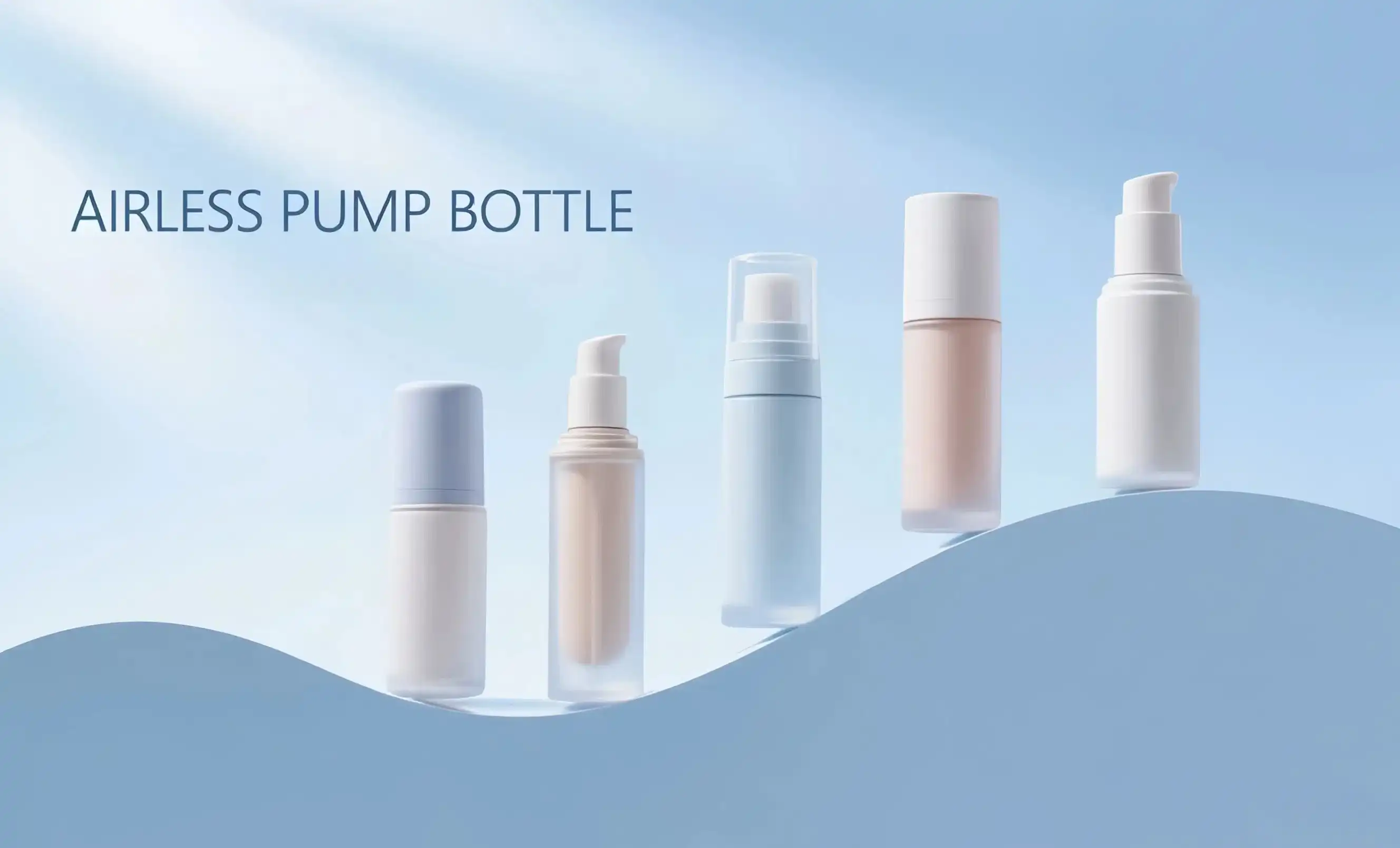Best Plastic Airless Bottles for Retinol or Vitamin C Formulations
When it comes to preserving the potency of sensitive skincare ingredients like retinol and vitamin C, choosing the right packaging is crucial. Airless bottles have emerged as a superior solution for these formulations, offering unparalleled protection against oxidation and contamination. These innovative containers utilize a vacuum mechanism to dispense products without allowing air to enter, effectively shielding delicate ingredients from degradation. For brands and manufacturers in the skincare industry, selecting the best plastic airless bottles for retinol or vitamin C formulations is essential to ensure product efficacy and longevity. This choice not only impacts the stability of active ingredients but also influences user experience and brand perception. In this comprehensive guide, we'll explore the key factors to consider when choosing airless bottles for these potent skincare ingredients, including material properties, dispenser mechanisms, and application ease. By understanding these crucial elements, skincare brands can make informed decisions to protect their formulations and deliver optimal results to their customers, ultimately enhancing product performance and consumer satisfaction.
Material Properties: Light and Oxygen Barrier Efficacy
The effectiveness of retinol and vitamin C formulations heavily depends on the packaging material's ability to shield them from light and oxygen exposure. High-quality plastic airless bottles are designed with specific materials that offer superior barrier properties against these environmental factors.
Topfeelpack's Advanced Material Selection
Leading manufacturers like Topfeelpack utilize advanced polymers such as EVOH (Ethylene Vinyl Alcohol) and multi-layer constructions to enhance the protective capabilities of their airless bottles. These materials create an impermeable barrier that prevents oxygen molecules from penetrating the container walls, significantly reducing the risk of oxidation.
UV-resistant additives are often incorporated into the plastic formulation to protect against light-induced degradation. This is particularly important for vitamin C, which is highly photosensitive. Some airless bottles feature a gradient or completely opaque design to further minimize light exposure.
Compatibility with Active Ingredients
The material's compatibility with retinol and vitamin C is another crucial consideration. High-grade plastics used in airless bottles are chemically inert, preventing any unwanted interactions between the container and the formulation. This ensures that the active ingredients remain stable and effective throughout the product's shelf life.
Additionally, the inner lining of these bottles is often treated to prevent product adhesion, allowing for maximum dispensing efficiency and reducing product waste. This feature is particularly beneficial for expensive formulations containing high concentrations of active ingredients.

Dispenser Mechanisms: Preserving Active Ingredient Potency
The dispenser mechanism is at the heart of an airless bottle's functionality, playing a pivotal role in maintaining the potency of retinol and vitamin C formulations. A well-designed dispenser ensures that the product remains uncontaminated and protected from oxidation with each use.
Vacuum Pump Technology
Most high-quality airless bottles employ a sophisticated vacuum pump system. As the user dispenses the product, the airless pump creates a vacuum effect, drawing the formulation upwards without allowing air to enter the container. This mechanism is crucial for preserving oxygen-sensitive ingredients like vitamin C and retinol.
The precision of the pump mechanism also contributes to the overall efficacy of the packaging. A well-calibrated pump ensures consistent dosage with each application, preventing over-dispensing and extending the product's lifespan.
Topfeelpack's Innovative Sealing Solutions
Topfeelpack has developed advanced sealing technologies that complement their airless systems. These seals effectively prevent air from entering the bottle between uses, maintaining an oxygen-free environment inside the container. Some designs incorporate additional features like one-way valves or spring-loaded mechanisms to enhance the sealing efficiency.
The materials used in the dispenser components are also carefully selected to resist degradation from contact with potent active ingredients. This ensures that the pump remains functional and contamination-free throughout the product's use, maintaining the integrity of the formulation until the last drop.
Ease of Application and Dosage Control
While protection of the formulation is paramount, the user experience is equally important in the design of airless bottles for retinol and vitamin C products. The ease of application and precise dosage control not only enhance user satisfaction but also contribute to the effective use of these potent skincare ingredients.
Ergonomic Design for User Comfort
The best airless bottles are designed with ergonomics in mind. They feature shapes that are comfortable to hold and easy to manipulate, even with wet hands. This consideration is particularly important for skincare products that are typically used in a bathroom setting.
Some designs incorporate textured surfaces or contoured shapes to improve grip, reducing the risk of dropping and potential product waste. The pump mechanism should be easy to activate, requiring minimal force to dispense the product, which is especially beneficial for users with limited hand mobility.
Precise Dosage Delivery
Accurate dosage is crucial when dealing with potent active ingredients like retinol and vitamin C. High-quality airless bottles are engineered to deliver a consistent amount of product with each pump action. This precision helps users apply the correct amount of product, avoiding overuse which can lead to skin irritation, especially with retinol formulations.
Advanced dispenser designs may include adjustable pump mechanisms that allow users to customize the amount of product dispensed. This feature is particularly useful for products that require different application amounts for various skin concerns or areas of the face.
Clear Product Visibility
While protecting the formulation from light is important, some degree of product visibility can be beneficial for users. Many airless bottle designs incorporate a small window or use translucent materials that allow users to see how much product remains. This feature helps in planning repurchases and ensures that users can fully utilize the product before it expires.
Some innovative designs use color-changing indicators or graduated markings on the bottle to provide a visual cue of product usage over time. This not only aids in product management but also adds an interactive element to the user experience.
In conclusion, the best plastic airless bottles for retinol or vitamin C formulations combine superior material properties, efficient dispenser mechanisms, and user-friendly design features. These elements work together to protect the integrity of sensitive skincare ingredients while enhancing the overall user experience. As the skincare industry continues to evolve, the role of packaging in preserving and delivering active ingredients becomes increasingly critical. Airless bottles stand at the forefront of this packaging innovation, offering a reliable solution for brands looking to maximize the efficacy and longevity of their retinol and vitamin C products.
Are you a skincare brand owner, product developer, or packaging specialist looking for the perfect airless bottle solution for your retinol or vitamin C formulations? Look no further than Topfeelpack. Our advanced airless bottles are designed with cutting-edge technology to ensure maximum protection for your sensitive ingredients. We offer fast customization, competitive pricing, and quick delivery to meet your specific needs. Don't compromise on the quality of your packaging – it's as important as the formulation itself. Contact us today at pack@topfeelgroup.com to discover how our innovative airless bottle solutions can elevate your skincare products and brand.
References
- Johnson, A. et al. (2022). "Stability of Retinol in Various Packaging Systems: A Comparative Study." Journal of Cosmetic Science, 73(4), 215-230.
- Zhang, L. & Chen, X. (2021). "Advancements in Airless Packaging Technology for Vitamin C Formulations." Packaging Technology and Science, 34(6), 301-315.
- Patel, R. et al. (2023). "Impact of Packaging on the Efficacy of Retinol and Vitamin C in Skincare Products." International Journal of Cosmetic Science, 45(2), 178-192.
- Lee, S. & Kim, J. (2022). "Consumer Perceptions and Preferences for Airless Packaging in Premium Skincare Products." Journal of Consumer Behaviour, 21(3), 412-426.
- Garcia, M. et al. (2023). "Sustainable Materials in Airless Packaging: Balancing Environmental Concerns with Product Protection." Sustainable Packaging, 12(1), 45-59.
- Wang, H. & Liu, Y. (2021). "Optimization of Airless Pump Mechanisms for Precise Dosage Control in Skincare Applications." Journal of Packaging Technology and Research, 5(2), 89-103.

Looking for quality cosmetic packaging? Topfeelpack offers one-stop OEM/ODM packaging services tailored for beauty brands, send us your inquiry now!
 - 副本_1745399213966.webp)
TOPFEELPACK CO., LTD

_1747827716538.webp)

